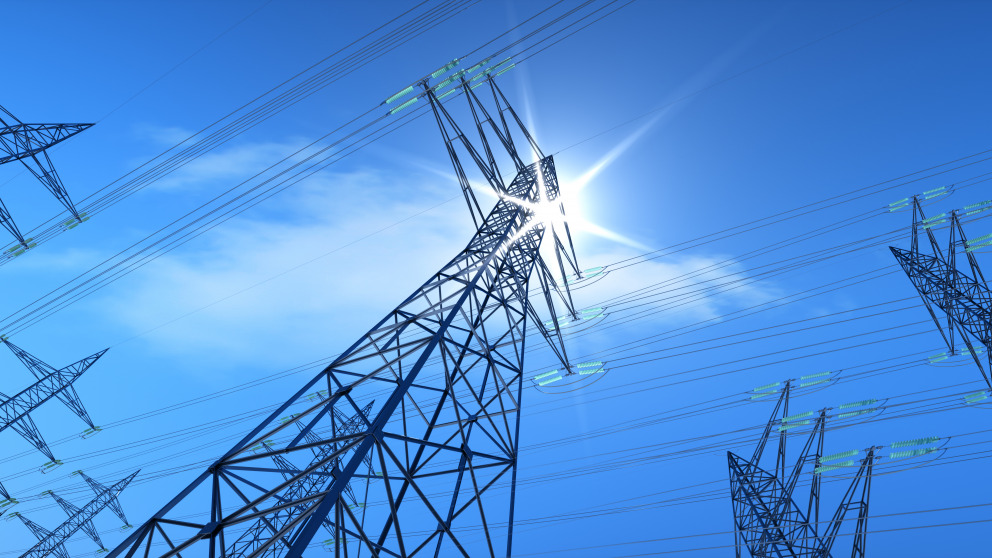Kopernikus Project ENavi Presents Preliminary Findings on the Climate Benefits of Germany’s Coal Phaseout
15.05.2019
Germany has committed to reducing its carbon emissions to 45 per cent of 1990 levels by 2030. There is a broad consensus that the decommissioning of the country’s coal-fired power plants is essential to achieving this goal. The shift to a more decentralised system of energy generation will, however, result in additional costs for society as a whole. “If the coal phaseout is flanked by appropriate measures that help to buffer the negative effects, then it can be the signal required to usher in system change,” explains Claudia Hofer, a research associate at the IER, on behalf of the researchers involved in the study.

There has to be a price for CO2 emissions
To ensure that less coal is burned and less CO2 emitted, two conditions have to be met. Firstly, if the implementation of the phaseout is to be economically and ecologically sound, we need to put an appropriate pricetag on CO2 emissions. In particular, such a pricetag could counteract the foreseen rebound effect, where electricity producers initially switch to modern coal-fired power plants after older plants are shut down, provided the former have sufficient capacity and can generate electricity more cheaply than, say, wind farms.
Secondly, to avoid a situation where a reduction in CO2 emissions in Germany leads to growing emissions in other European countries (“waterbed effect”), a uniform carbon price must be enshrined in European climate policy. The waterbed effect describes a seesaw in emissions due to the workings of the EU Emissions Trading system (ETS): When Germany reduces its emissions, demand for ETS certificates drops and the certificates become cheaper as a result. This, in turn, leads to growing demand for certificates in other countries, which ultimately increases coal and gas consumption in those countries and thus also CO2 emissions.
Publication: Interdisciplinary Synthesis Report on the Coal Phaseout. The Kopernikus Project ENavi Presents its Findings to the German Coal Commission, GAIA 28/1(2019): 61–62
